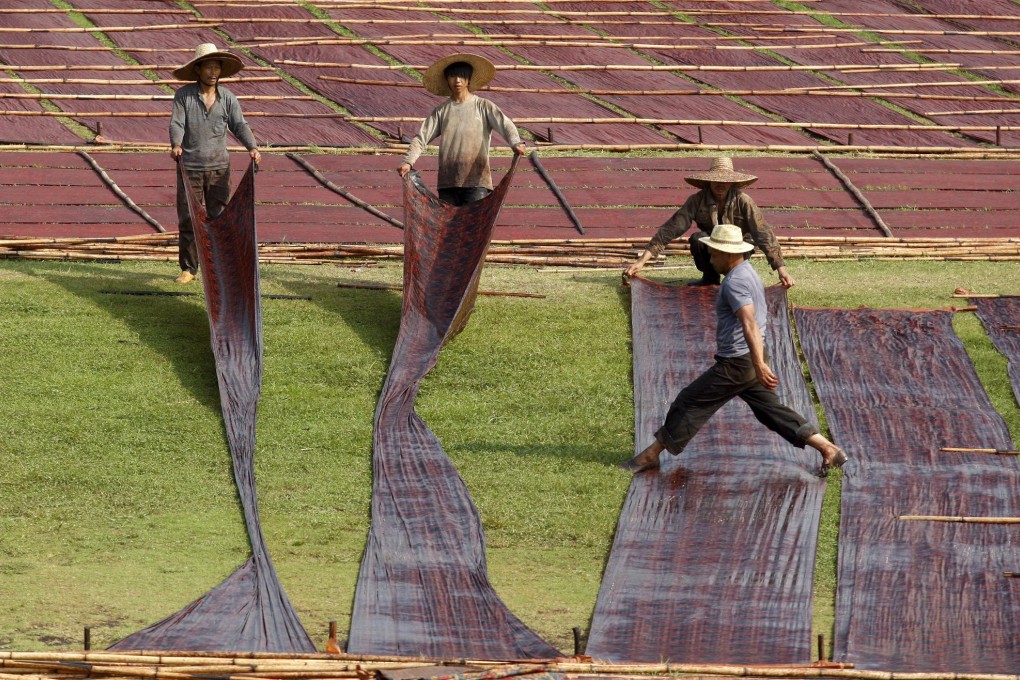Half of the silk on sale in Beijing contains little or no silk, study finds
Study finds some silk on sale in Beijing doesn't contain any silk

Another product has been added to the list of unsafe Chinese exports, but consumers can breathe a sigh of relief because unlike ginger, cooking oil, milk powder and rice, this one is not to be ingested.
At least half of the silk products on sale in China's capital do not meet safety and quality standards, according to a Beijing Consumers Association study, with most cases finding that the product contained little or no silk at all. The study tested 40 types of silk products bought from local retailers, department stores and online stores including Wal-Mart, Wumart, Sogo and e-commerce site Jingdong Mall.
The products tested ranged from “a few hundred yuan to several thousand yuan”, the report said.
Product labelling was found to be inaccurate in most of the cases. At least eight of the products tested contained discrepancies in terms of purported silk content on their labels and the actual silk content.
One brand, Shengwei, labelled a quilt as having a “50/50” cotton-and-silk blend as filler, when the real amount of silk was closer to 20 per cent.